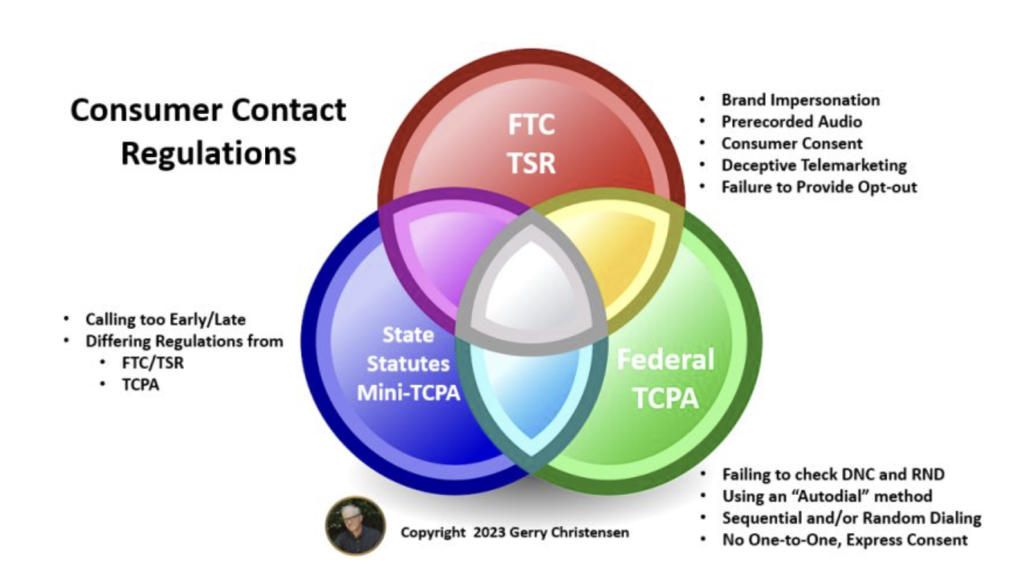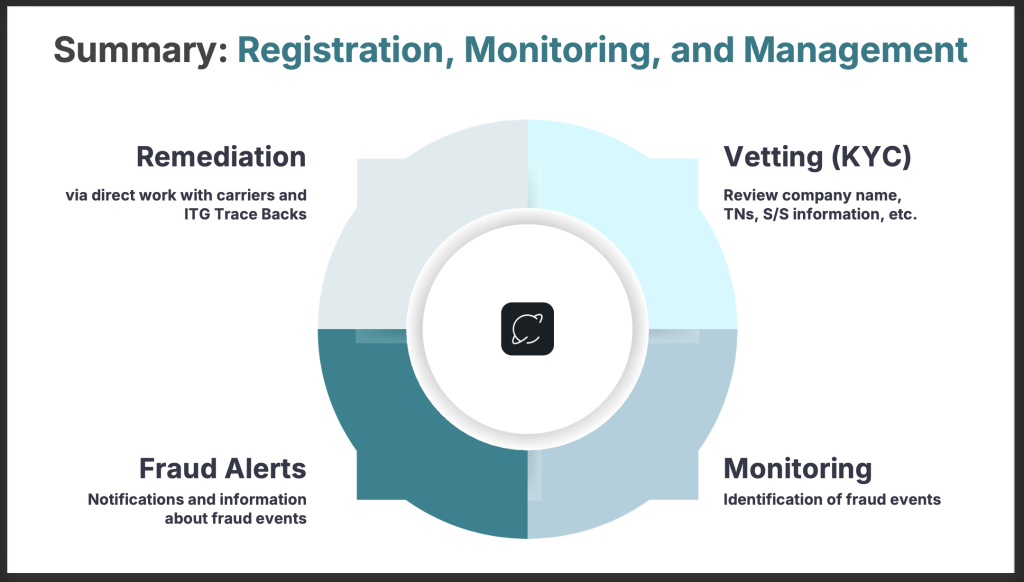Caller ID Reputation provides visibility into how an enterprise’s calls are received by its customers. That is normal, flagged (e.g. scam likely) and blocked. These labels are consumer protection related.
About 33% of a businesses calls are impacted by adverse labeling from the analytics engines (AE). There is also the flip side of spoofing and brand impersonation.
Brand impersonation can simply be a caller claiming to represent a brand with the ultimate objective of stealing something of monetary value.
In The Honest CPaaS Review I discuss how the move to VoIP resulted in a loss of KYC (Know Your Customer), and hence today’s unfortunate situation where the PSTN experience has never been this bad.
We have finally seen the FCC fine a company. Lingo Telecom will pay a $1 million fine for transmitting deceptive robocalls in New Hampshire that used artificial intelligence to spoof President Joe Biden’s voice, the Federal Communications Commission said.
Lingo Telecom failed to follow federal rules for caller ID information when it sent calls to voters on January 21, two days before the New Hampshire primary. Whether the fine is collected is another matter.
Gerry reviews the compliance regulations, see below, and the new FCC consent regulations coming in next year, 2025. That consent must be 1:1 express written consent. Eric Troutman also ran through this in his session., Robocalling Dream Team: Eric Troutman, Czar of TCPA; and Alex Quilici, CEO YouMail. There is also additional terminology in the FCC ruling around that consent must be logical and topical. Which will likely be challenged in court.
We then discussed False Positives, where the analytic engines flag a valid call as spam. Gerry gave a real-world example of a bank contacting him for a credit card transaction decline. The AE keep their algorithms secret, so the justification for that rating remains unclear.
On consumer data behind call identification, 92% of consumers treat unidentified calls with suspicion, and 46% do not answer. I’m surprised so many would answer it.
Gerry then reviews how they monitor your businesses identity, using the carriers’ AE (First Orion, Hiya, and TNS) as well as the over the top AE (Nomorobo, Robokiller, YouMail, etc.) Its essentially KYC and constant monitoring. They use honeypots and when a monitored number is used, it generates an alert.
If your number is being spoofed, should you rotate numbers? That can lead to AE’s rating your rotated number poorly. The gold standard is to use the ITG (Industry Traceback Group). It’s also possible to work with your carrier, but to cut the spoofing off at source, ITG is best. His recommendation is make sure your numbers are registered, as that aids remediation. CNAM registration is normally done through whoever provides those numbers.
We’re in the early days of branded calling and RCD (Rich Call Data). I raised the issue we’ve seen on the validity of A attestation. Gerry pointed out the incidents so far are being pursued by the FCC.
On verifying the business’ call treatment they use their Device Cloud, they can physically see how the business’s calls are presented on a range of phones. This requires an LOA (Letter of Agency) from the business so Caller ID Reputation can use those numbers to make calls. And for monitoring they have numbers the businesses can call, this enables them to gather the STIR/SHAKEN data for those numbers.
We did discuss Robokiller that was bought by a private equity company. For me, I’ve lost them as a data source, as they no longer publicly publish their data. While for Caller ID Reputation they remain an active source of data.
Other services include content analytics, identifying scams and unlawful telemarketing. Caller ID Reputation covers: vetting, monitoring, alerts and remediation.



One thought on “Realizing the Benefits of Business Identity for Optimal Consumer Contact. Gerry Christensen, Caller ID Reputation”
Comments are closed.